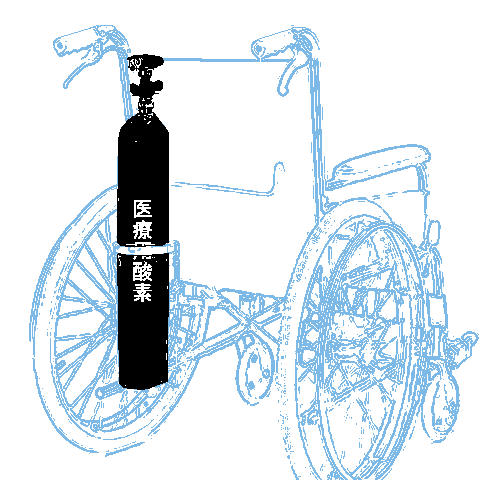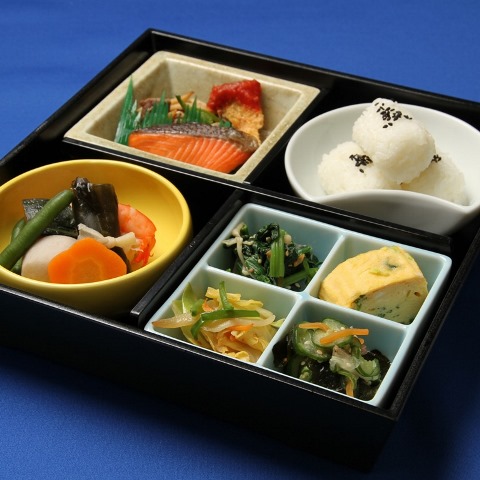
Problem-solving oriented and boundary area specialization
As specialties such as medicine and engineering, clinical and business, physicians and patients, and users and manufacturers become more specialized, boundary areas will emerge between the two extremes.
Boundary areas are our specialty.
We determine who can be combined with whom to obtain the optimal solution to a problem, and who can demonstrate a synergistic effect, make proposals, and link them together to solve the problem.
One-stop contact for medical device development
Medical devices are a regulated industry.
The Pharmaceutical Affairs Law (former Pharmaceutical Affairs Law) governs manufacturing and sales, while the Medical Care Law and Medical Practitioners Law govern use.
Medical professionals are “statuses” with status and position, while patients are “situations” facing a situation or circumstance. The two are the same in terms of controlling the disease.
Our business is to support patients who want to receive higher quality medical care, medical professionals and medical institutions that strive to provide quality medical care, companies and research institutions that want to provide useful products for medical care, and governments and insurers that want to maintain the medical care delivery system.
In 2010, our CEO decided to take on a new role as a clinician with clinical experience, despite the fact that there are few people who work exclusively in medical-industrial partnerships. We provide consulting services based on our experience at a national advanced medical research institute and a company listed on the first section of the Tokyo Stock Exchange.
Focus on non-medical devices
We provide support for the commercialization of medical-industrial partnerships that extend broadly to healthcare.
We support a wide range of non-medical devices (not subject to pharmaceutical regulations) called “miscellaneous products” and various services.
Our low-sodium diet business, which allows hospital meals to be eaten outside the hospital, has developed into a business that generates tens of millions of yen in royalty income for hospitals, while at the same time making it possible to deliver low-sodium diets as a product to those who need them. We support you and your hospital by driving the business side of the business.


Medical Equipment and Facilities
Medical equipment and facilities are closely related, but the concept of integrated management of both has not become universal.
We have national certification and practical experience in both medical equipment and facilities. We are responsible for the boundary area between the two specialties.
Our proprietary management system for medical equipment safety management (ME equipment management) has been used at 400 facilities nationwide. We are the one and only company with information on this scale.
We are also contracted to provide only medical device safety management services. For a scale of no beds to 200 beds, we can establish a safety management system in one to three months.
We have served on the board of directors of the Medical and Welfare Equipment Association for more than 10 years and are committed to contributing to society.
Residence for medical treatment
We started this service to return to society the know-how we have gained through our clinical experience and experience in medical device safety management, in addition to our experience in many new home construction, expansion, and remodeling projects.
When you are hospitalized due to a sudden illness or injury, and when you are discharged from the hospital, you are not sure if you will be able to put into practice the restrictions and precautions for home care.
We provide consultation on home remodeling to start or continue a life of recuperation.
We accept consultations not only from patients and their families, but also from medical institutions, service providers for the elderly, and construction companies.
Medical DX, Nursing DX, Nursing DX
Digital transformation is being promoted in Japan.
The Japanese government calls digital transformation ‘DX’.
We use the power of ICT to solve problems existing in the medical and nursing care fields.
It is an ugly ICT, but we face even the smallest challenges.
We have a track record of producing simple systems that support tasks that do not directly generate income, such as creating nursing diaries and managing inventory items.
We do not sell systems, but search together for solutions to on-site issues. If it can be solved with digital technology, the result is ‘DX.
We are also engaged in forward-looking DX that creates new value. We make secondary use of existing medical information for medical treatment and health promotion.
